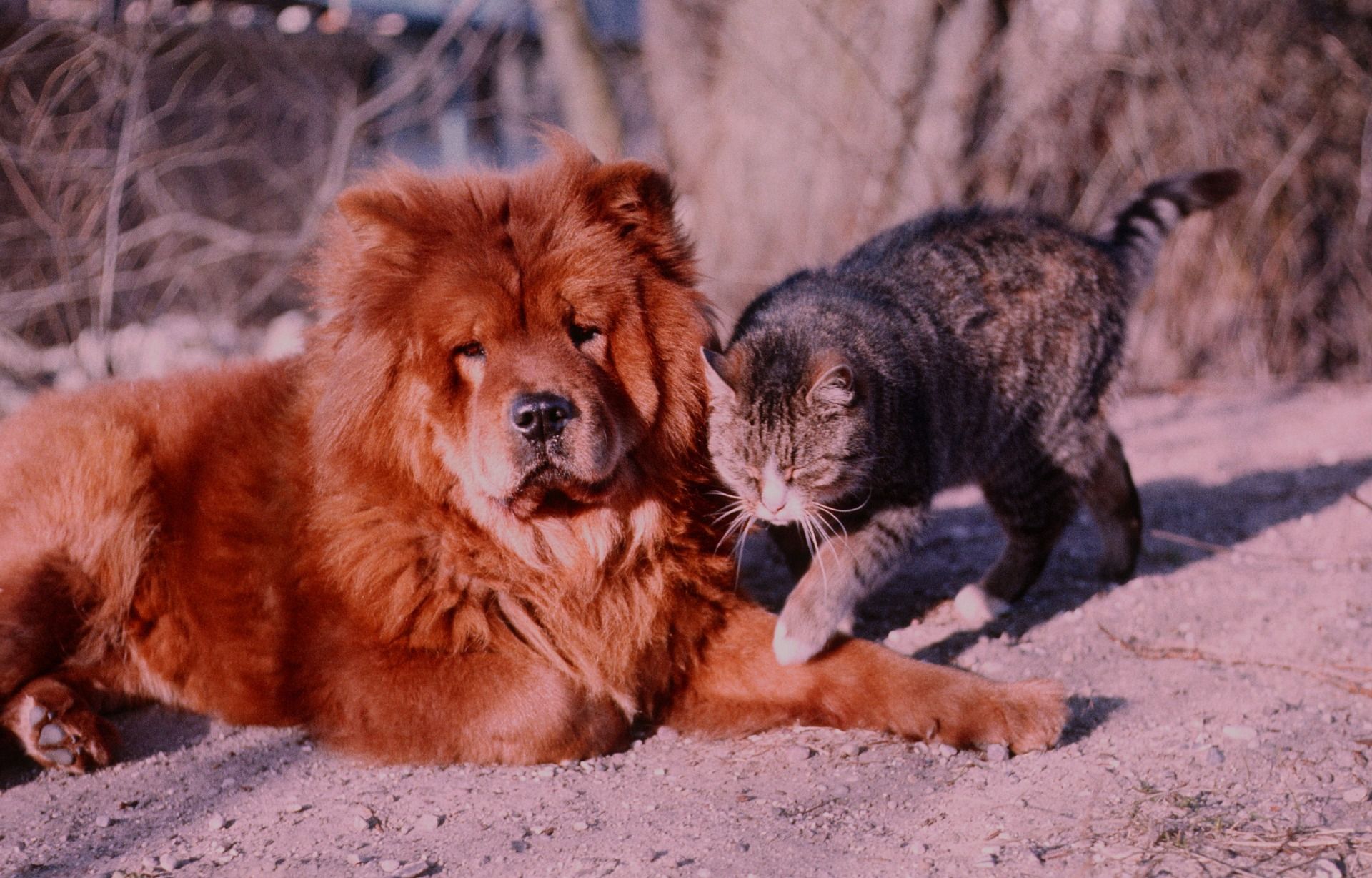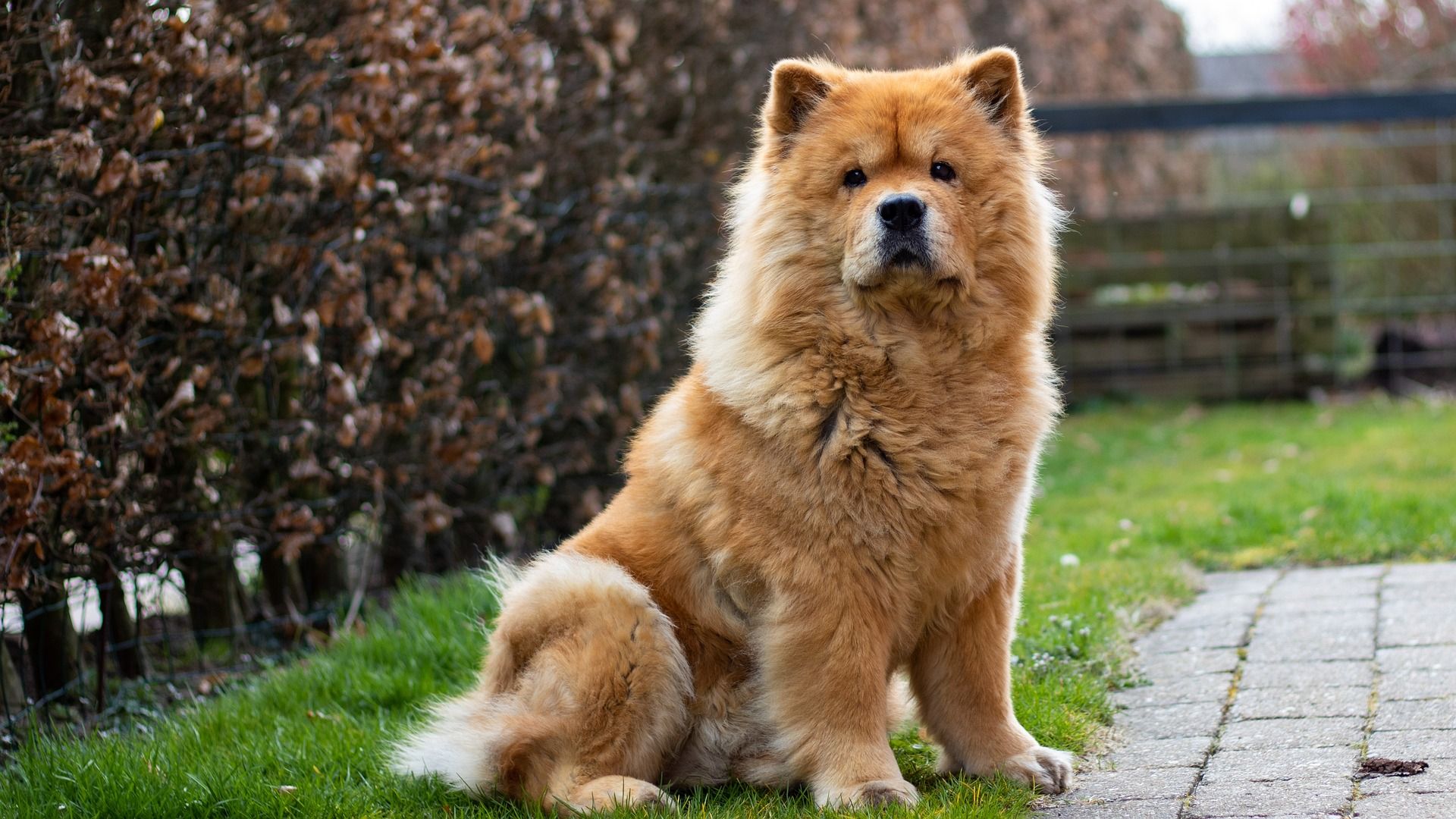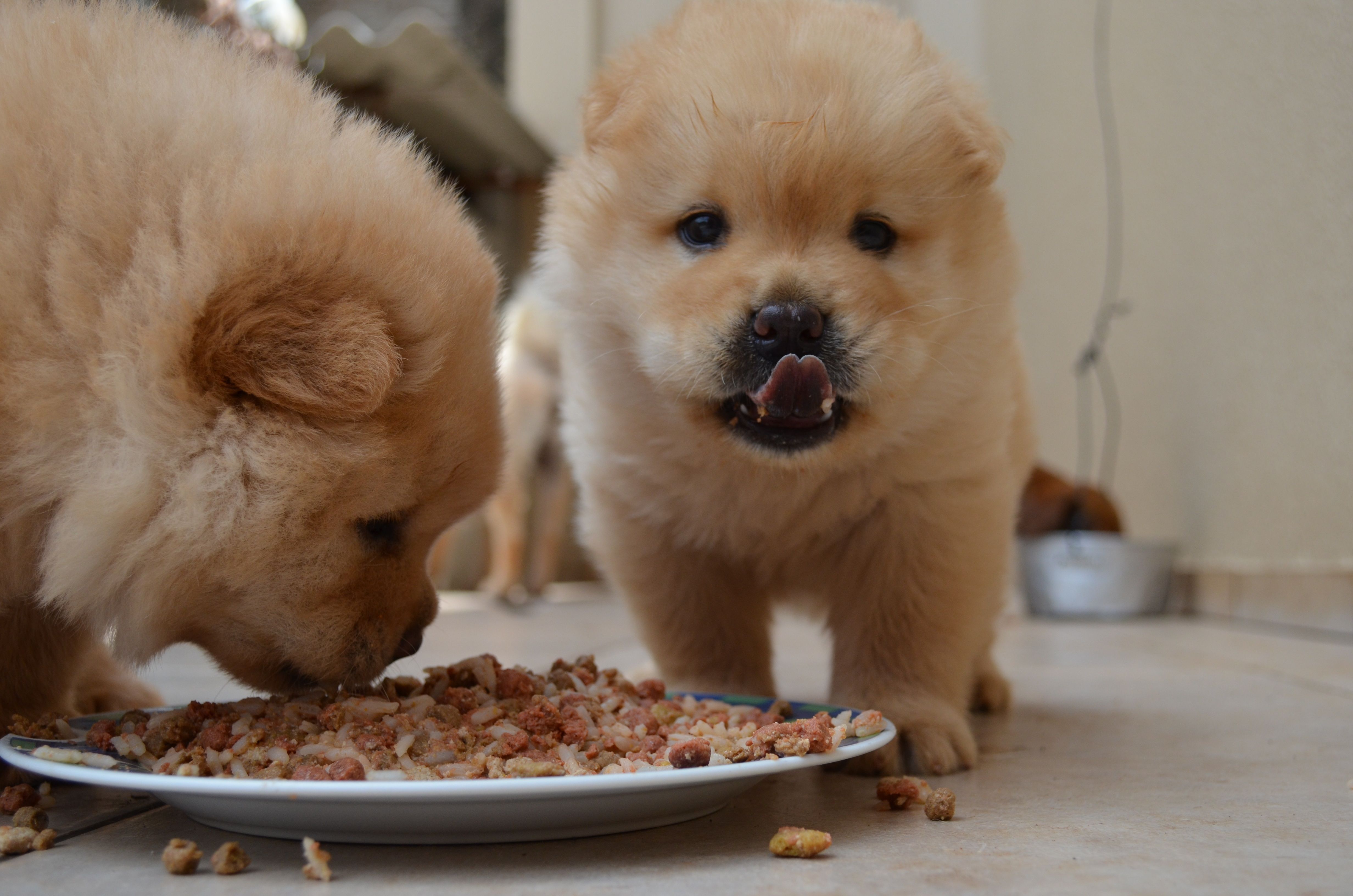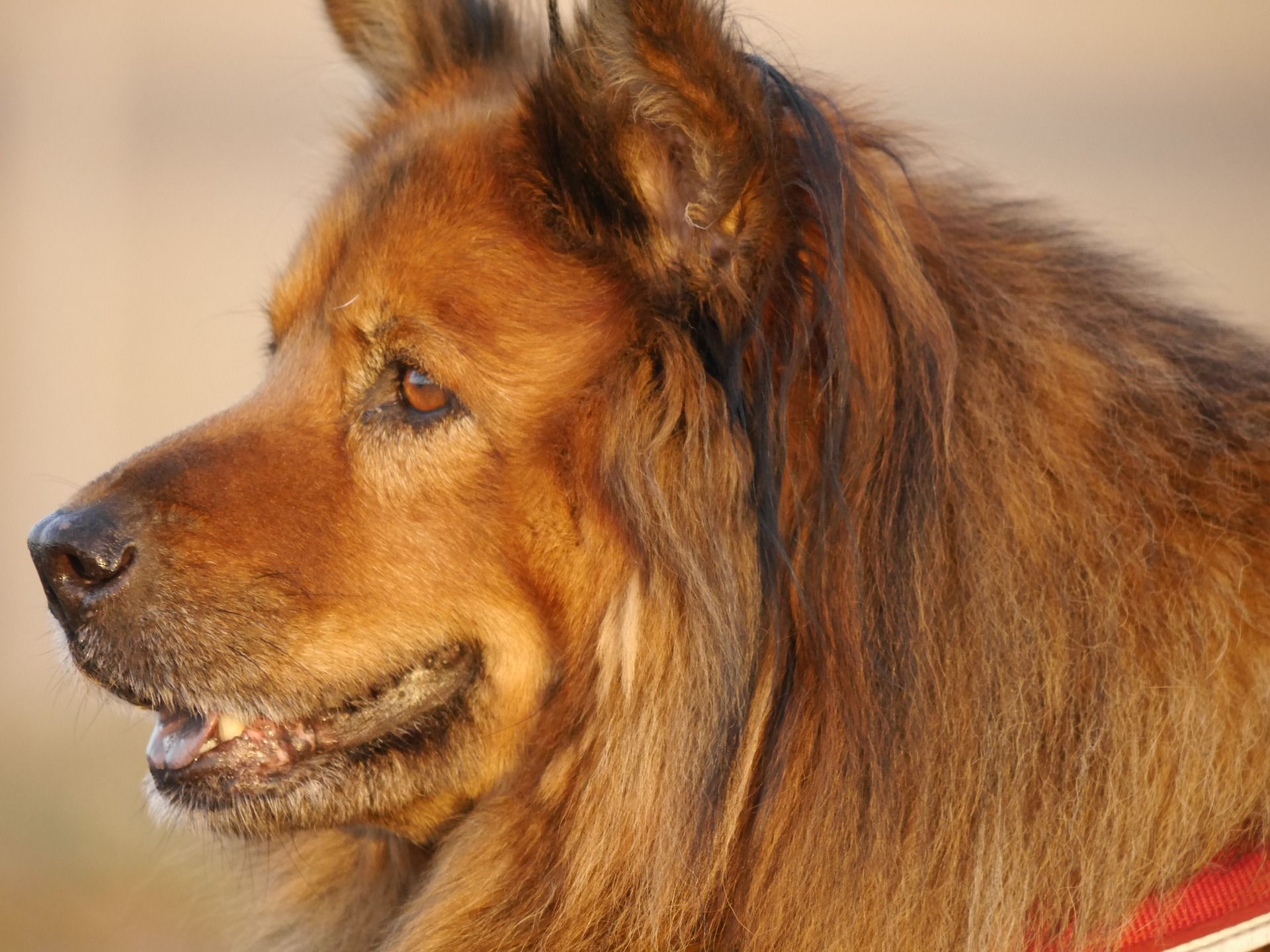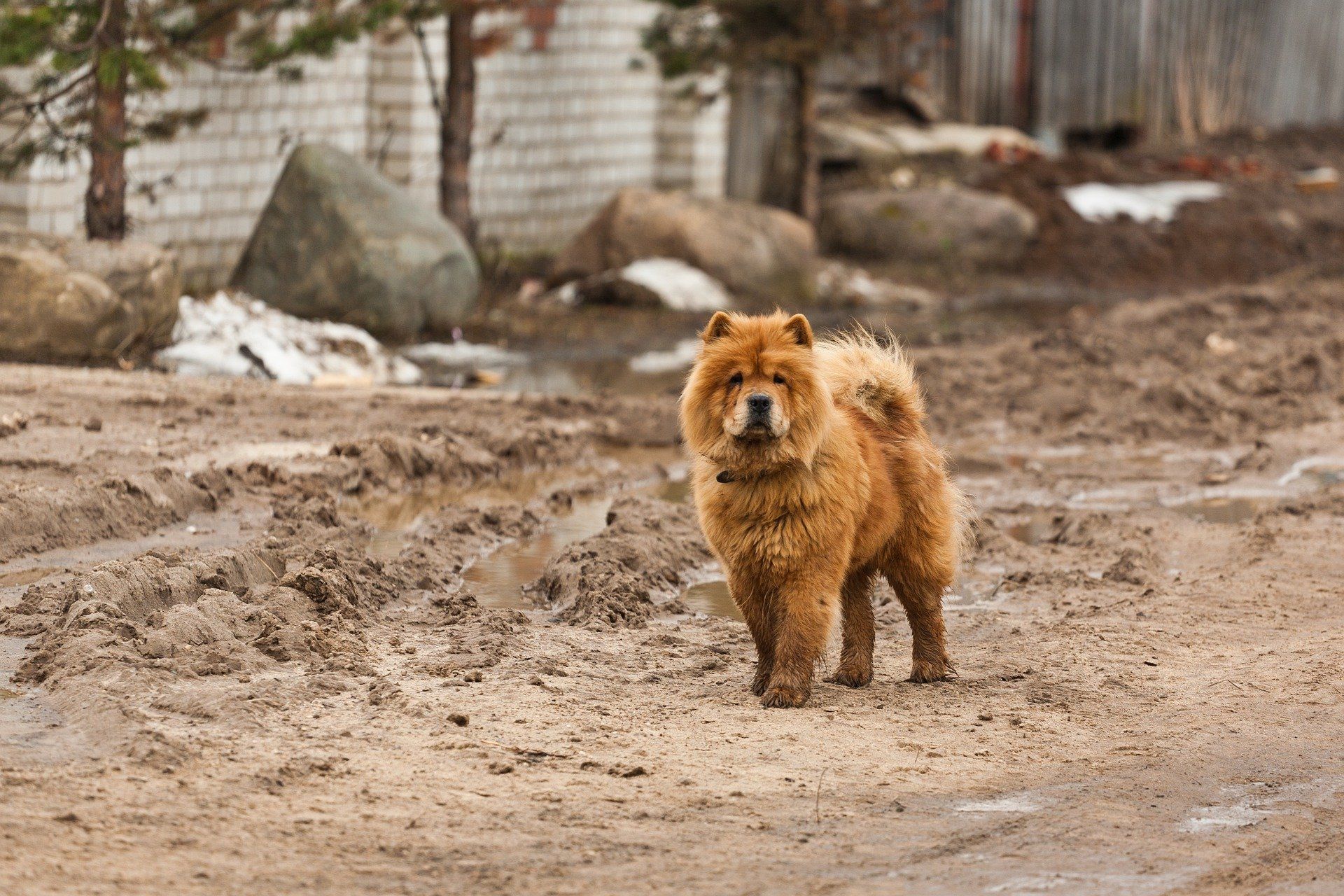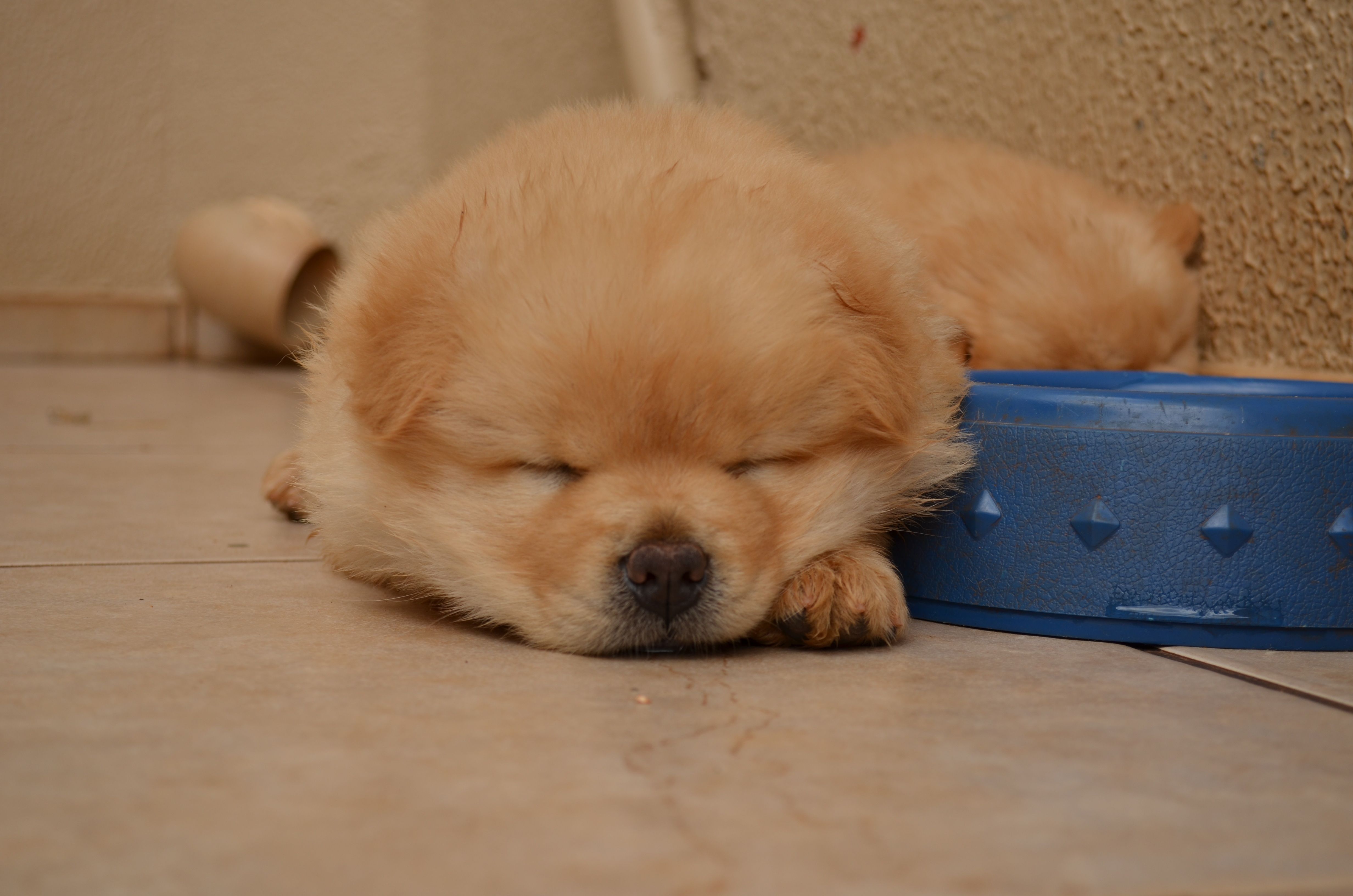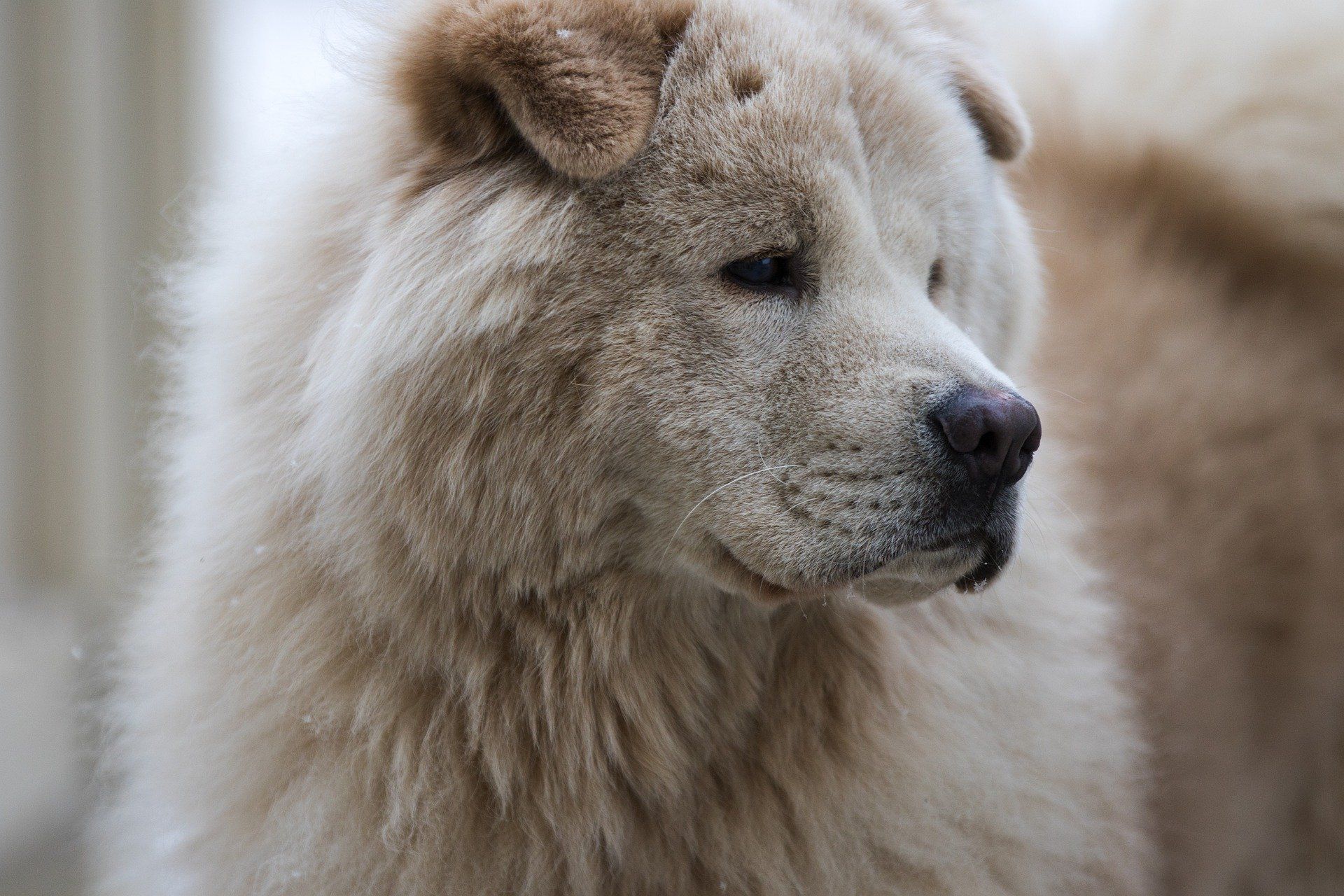Can Chow Chows handle cold weather?
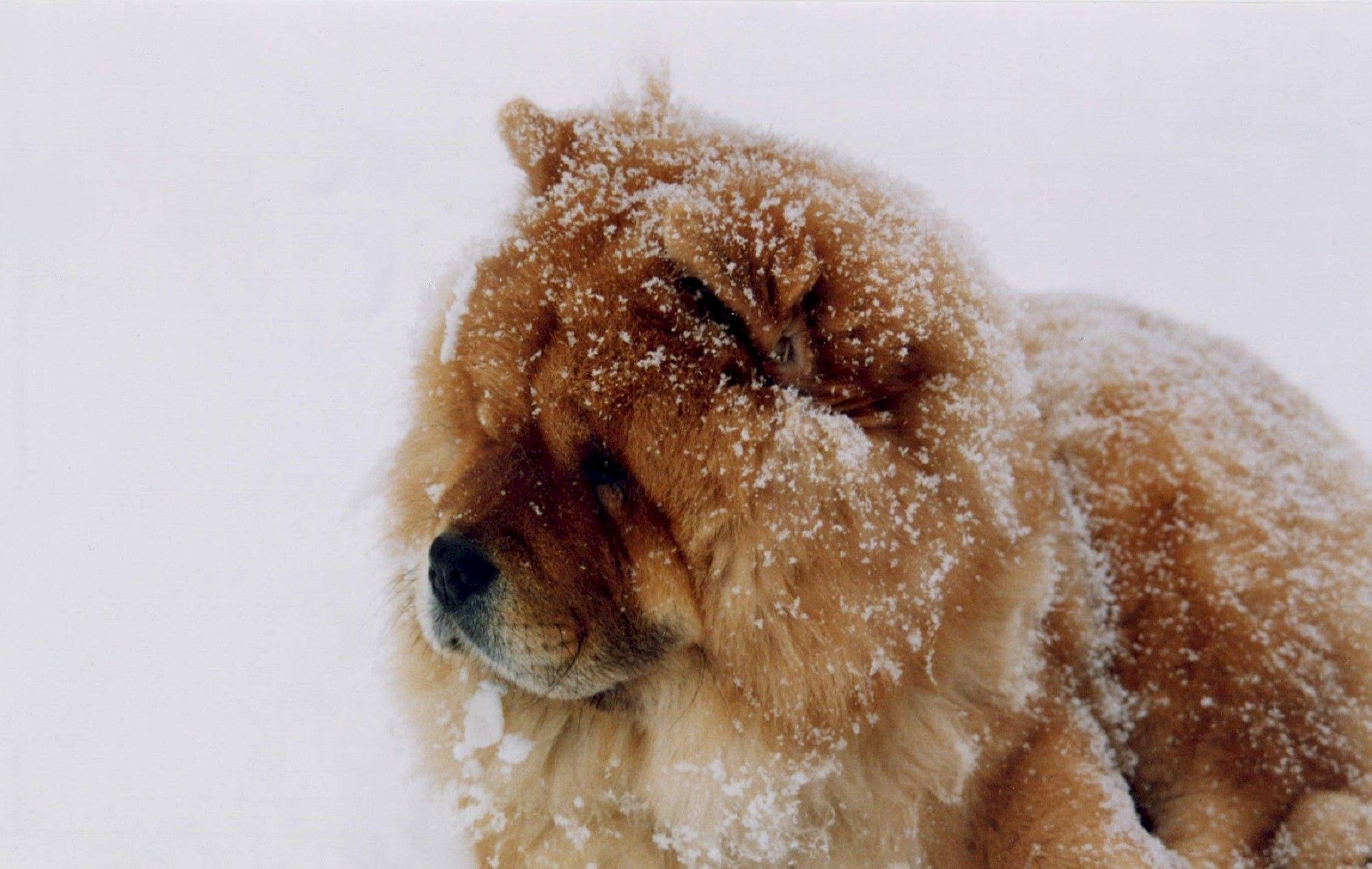
Table of Contents
-
Is there any difference between rough coat chows and smooth coat chows in the cold.
-
Which between the cold and warm periods is the chow chow well adapted?
Can chow chow handle cold weather?
Yes. Chow chows are well adapted to handle cold weather. They have a double coat fur which is immensely thick and is therefore capable of withstanding cold harsh conditions.
The chow chow origins can be dated back to China where the arts depict these dogs at around 150 B.C but the dogs are said to have existed long before for more than 2000 years.
The name was used by the merchants who transported miscellaneous items from abroad and the name chow chow ‘such and such’ was the name given and which stuck to this dog breed.
This dog breed is said to be a progenitor of the Tibetan Mastiff.
What makes chows well adapted to handle cold weather
Their fur has a double coat consisting of two layers a top coat and an undercoat.The undercoat is softer and has short hair which helps in protecting against the cold weather.
The topcoat on the other hand has guard hair which are longer hairs that provide waterproofing.
The denser the undercoat the more fur the dog will have and the better adapted to cold it will be.
This is what makes the chow chow to be well suited to cold weather as they have a very thick undercoat.
Is there any difference between rough coat chows and smooth coat chows in the cold.
As stated above there are two varieties of chow chows: one breed with a rough coat and the other with a short smooth coat.
Short coated chow chows have a distinct undercoat and a dense smooth topcoat, they however do not have a ruff or any feathery fur which is long and outwards as their rough-coated partners.
Therefore would this small change be enough to affect them differently in cold conditions?
Both have a very dense almost similar undercoat which plays the main role of insulating heat and therefore both are well equipped to handle the cold.
Which between the cold and warm periods is the chow chow well adapted?
Chow chows thrive in the cold. Their double coats are well designed to handle the cold better than very warm temperatures.
As summer approaches the chow chow sheds a lot of their dense fur to a lighter coat to keep up with the rising temperatures.
Even with the lighter coats, temperatures may soar high making the chow’s coat to be insufficient for losing the excess heat.
Therefore the chows regulate the excess heat in their bodies by panting and the faster the dog pants the more the heat dissipates from its body.
During the cold periods as during winter, the chow will have grown back to its dense fur which is capable of withstanding the cold harsh conditions without affecting it much.
How to keep your chow chow warm
Chows are well adapted to handling the cold but a few measures might also go a long way.
Providing a cozy place to rest
If your dog is used to lying on the cold floor or a cold region of the house as the cold season arrives a warm cozy place to rest would be beneficial.
You can warm up the bed area or where you know the dog will find comfort, this is through additional blankets or soft woolen clothing materials at your disposal.
Quick dog walks
This helps in that the dog will produce heat energy that is insulated by its fur and used to keep it warm.
The walk’s added benefit is it provides exercise which makes the dog healthier and happier.
Wipe down and massage paws
Unlike humans who sweat through the skin, dogs have their sweat glands in the pads of their feet. Although the feet of these dogs are also protected by long hairs between the toes and have well-adapted blood vessels to prevent heat loss.
The paws are one of the regions the dog is exposed to direct contact with the cold earth. In cold seasons such as winter, it is advisable to look at your dog’s paws after a walk outside. There you remove the salt crystals and ice balls lodged in-between paws. You also need to clean the paw pads as they may make a mess of your house.
Enough water and food
You should also ensure to give them regular amounts of freshwater each day to ensure they are well hydrated and together with enough food to keep up their body warmth.
Don’t trim or cut their fur
As discussed earlier the chow chow thick double coat is the major reason for the dog to withstand cold harsh weather conditions. Therefore it is not advisable to cut or trim it during the cold weather season as this reduces the ability of the coats to insulate the much-needed heat.
Bathe your dog less
As chow chow have very dense coats in water during the cold season this will take a longer time to dry up after contact with water. Bathing your chow chow less during the cold season is better to reduce its heat loss which may be harder to regain during the cold season.
Does cold water affect chow chow during the cold season?
They rely on the hairs of their fur to trap and insulate heat from the atmosphere or which they generate.
Coldwater counteracts as the fur falls and is soaked wet with cold water leaving the dog shivering. Even after wiping the fur with a towel, there is time also required for the chow chow to regenerate the heat which was lost from the cold water.
Therefore cold water does affect the chow chows to some extent and this may be worse during the cold season as the low temperatures in the environment do not make it easy for the chow to insulate the much-needed heat it needs to keep warm.
How do they react to snow
Chow chows love snow.
Whenever they get the slightest chance to walk or play around the snow they do love to have a good time in the snow.
Sometimes they may bury their head in the snow, having a taste of the snow by eating it, running from all sides and any other means they may find to enjoy the snow.
Therefore when there is snow around you can find some time to let your chow chow out and play together, this might also help you bond more.
